BMS 507 Final Practical
1/444
There's no tags or description
Looks like no tags are added yet.
Name | Mastery | Learn | Test | Matching | Spaced |
|---|
No study sessions yet.
445 Terms
eye’s outer layer made of dense connective tissue, which protects the eyeball and maintains its shape
fibrous tunic
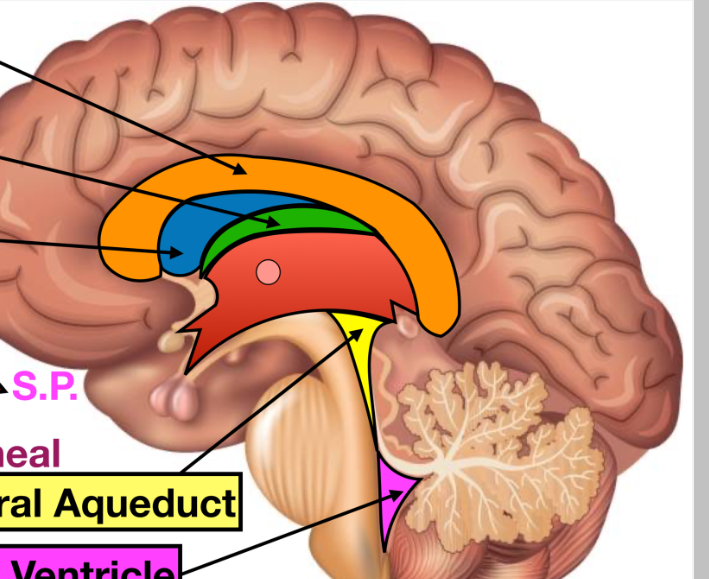
orange
corpus callosum

blue
lateral ventricle
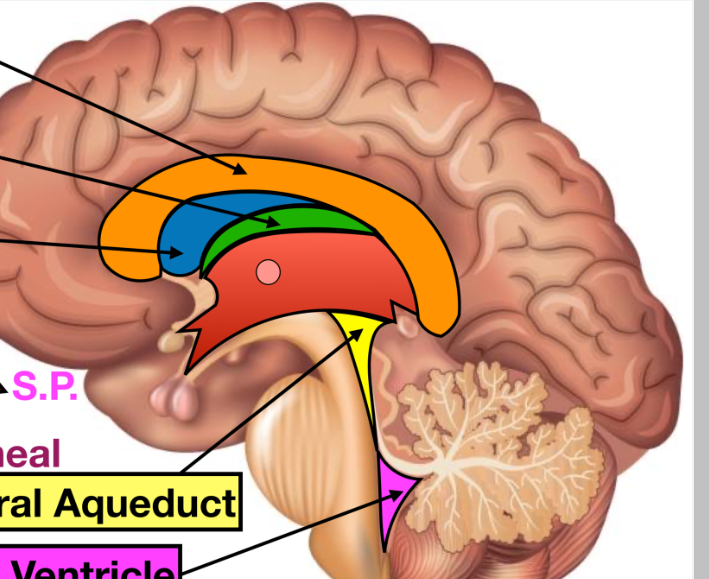
green
fornix
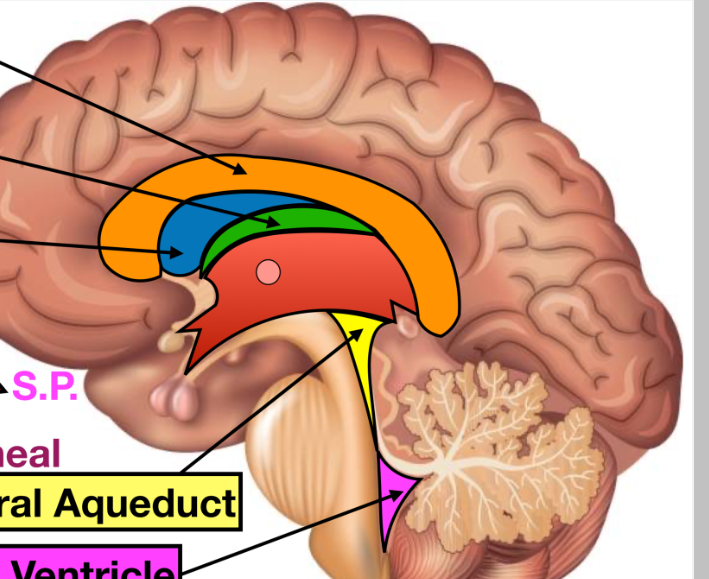
yellow
cerebral aqueduct
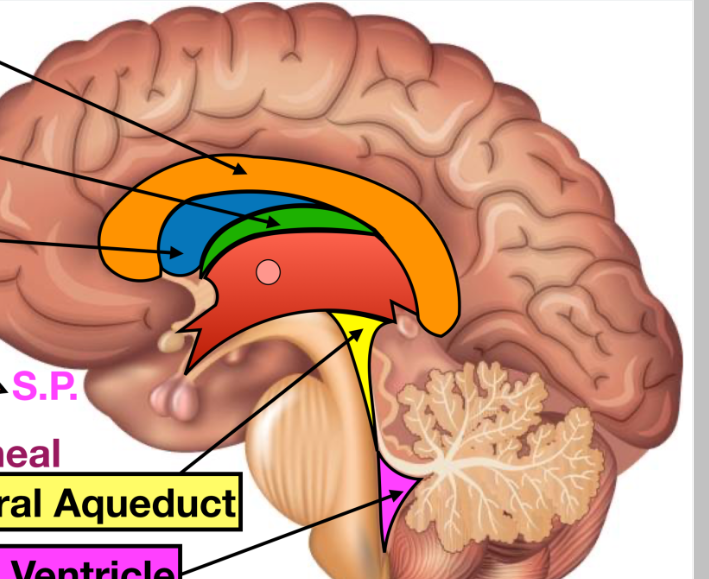
pink
fourth ventricle
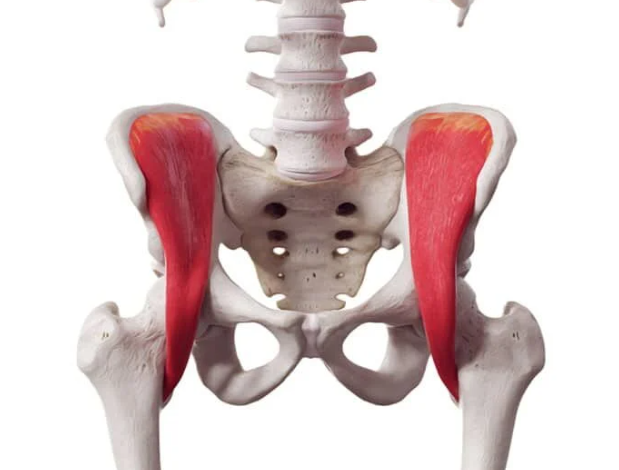
iliacus
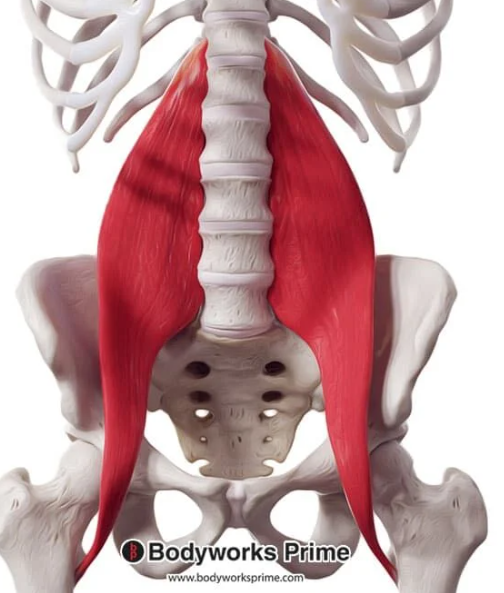
psoas major
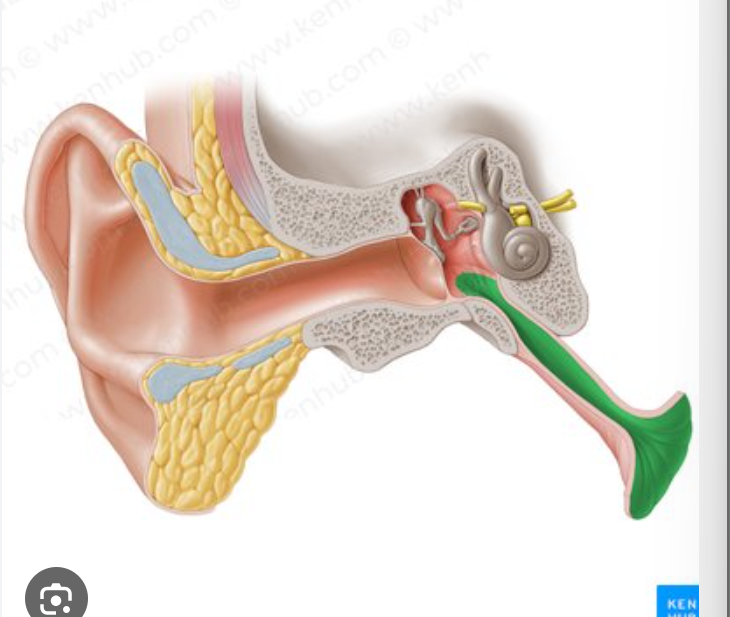
pharyngotympanic (auditory) tube
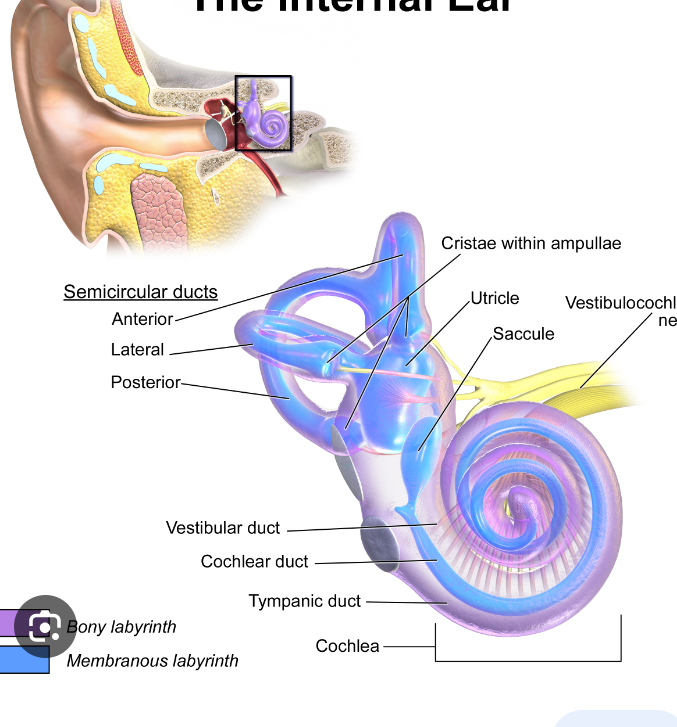
internal ear (labryrinth)
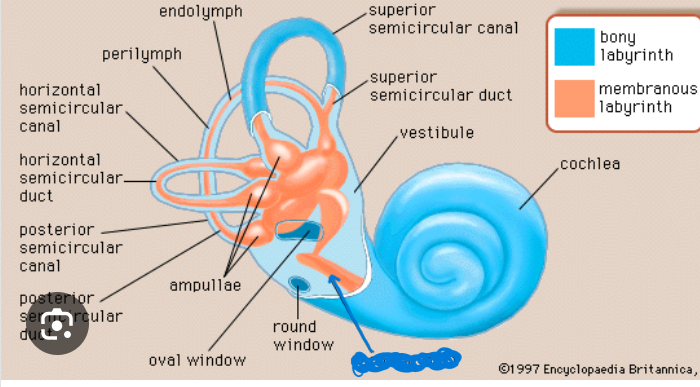
cochlear duct
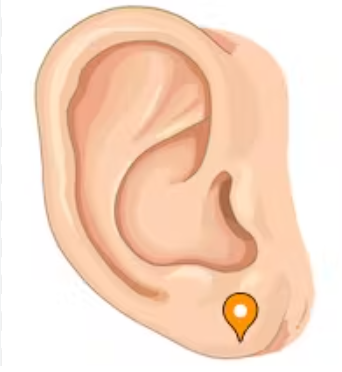
lobule
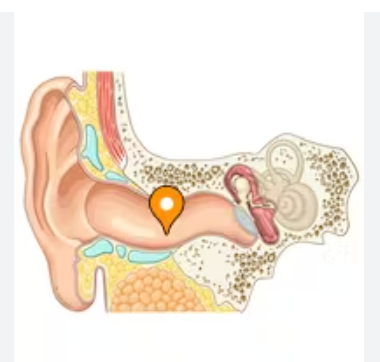
external acoustic meatus
crest of outer ear
helix
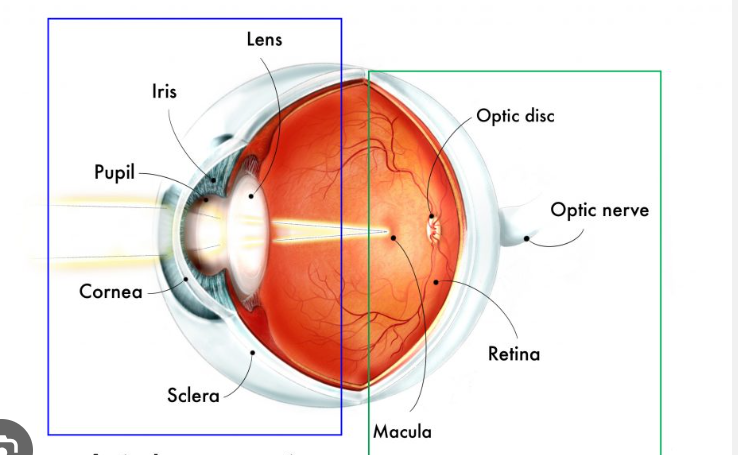
green box
posterior segment
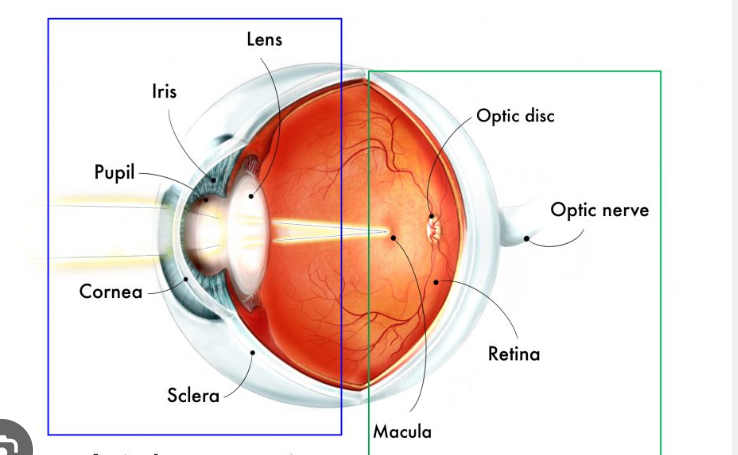
blue box
anterior segment
yellow oval spot at the center of the retina
macula lutea

red line
calcarine sulcus
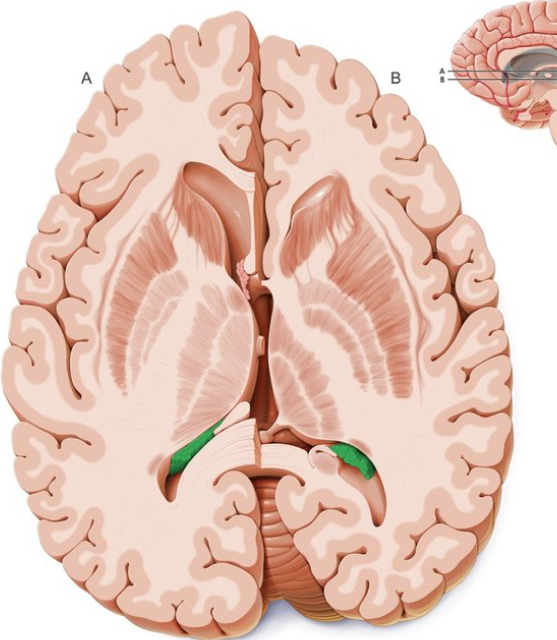
choroid plexus
inflammation of the protective membranes covering the brain and spinal cord
meningitis
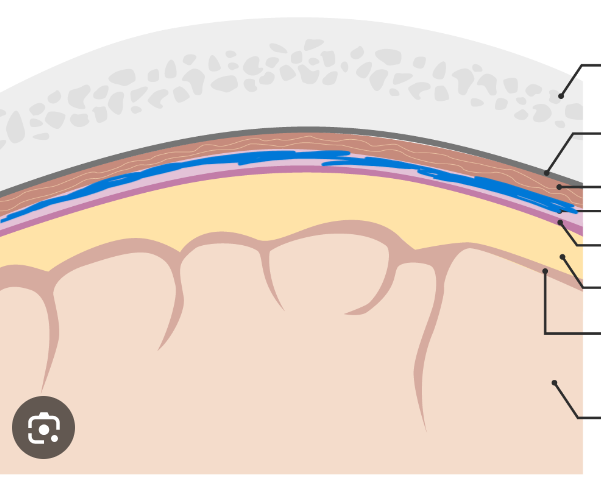
subdural space

subarachnoid space
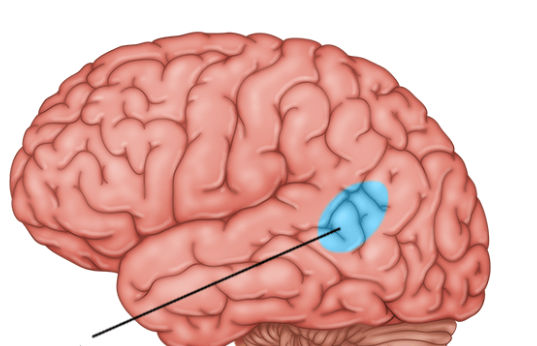
wernicke’s area
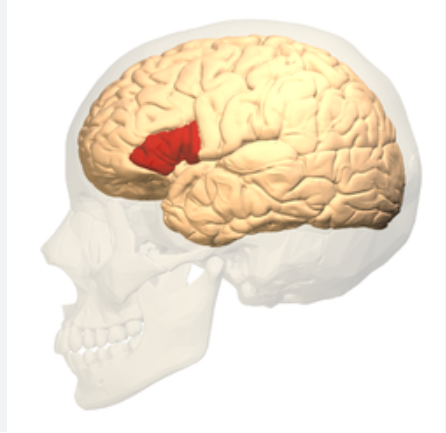
broca’s area
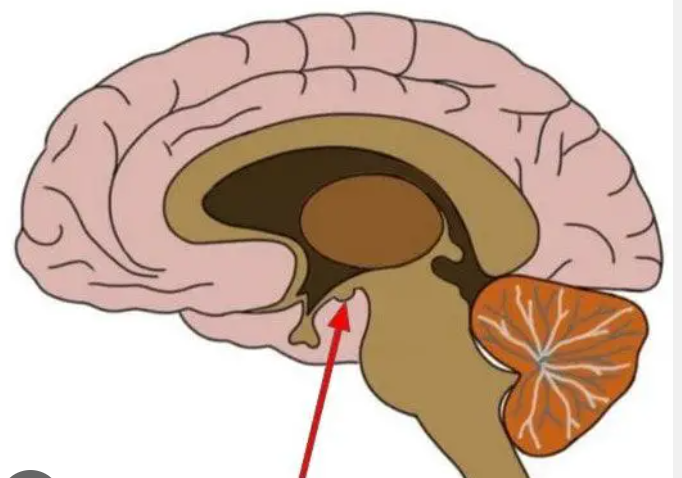
mammillary bodies
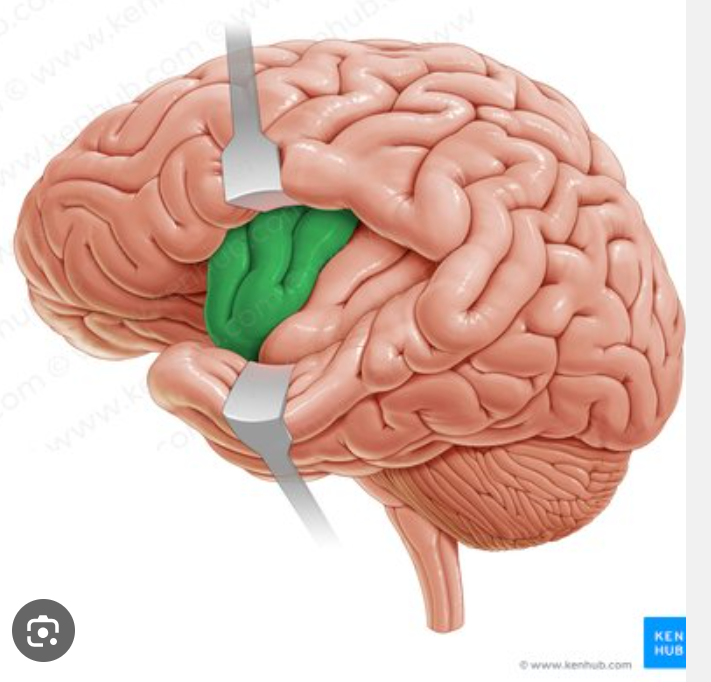
insula
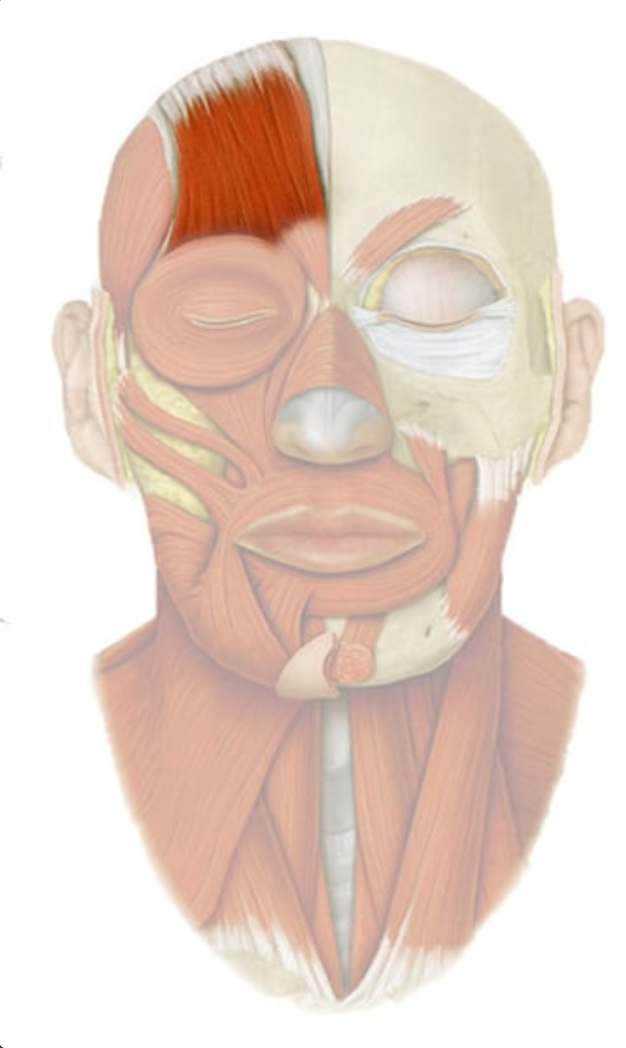
epicranius, frontal belly
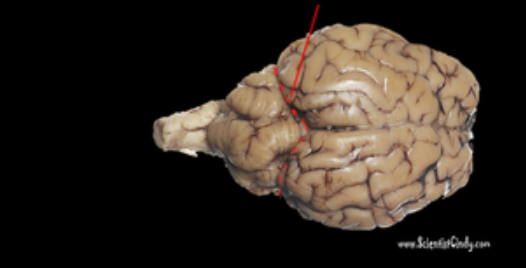
transverse cerebral fissure
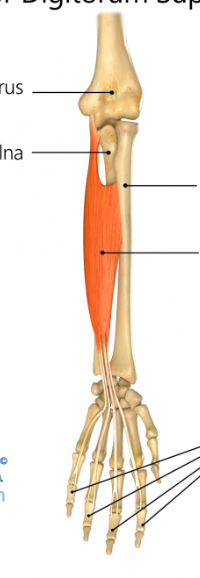
flexor digitorum superficialis
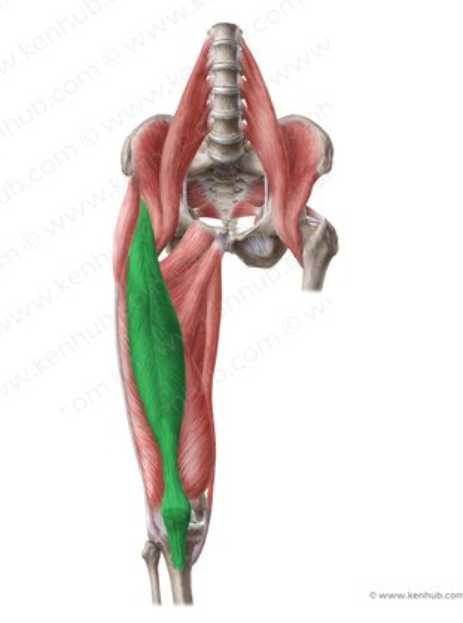
rectus femoris

flexor carpi ulnaris
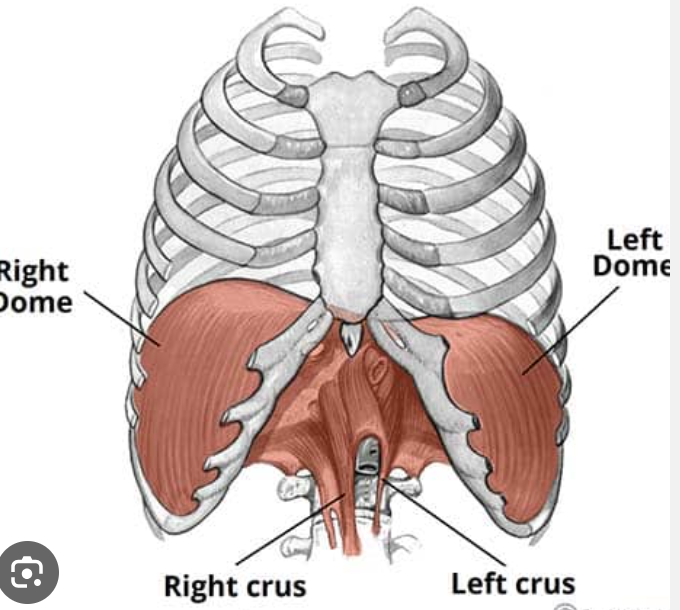
diaphragm
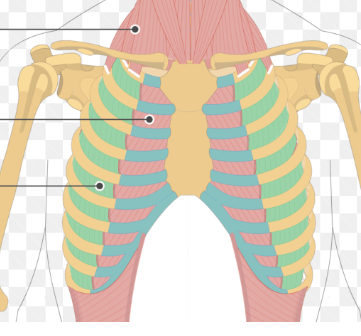
blue
internal intercostals
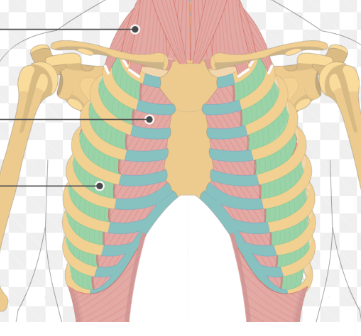
green
external intercostals
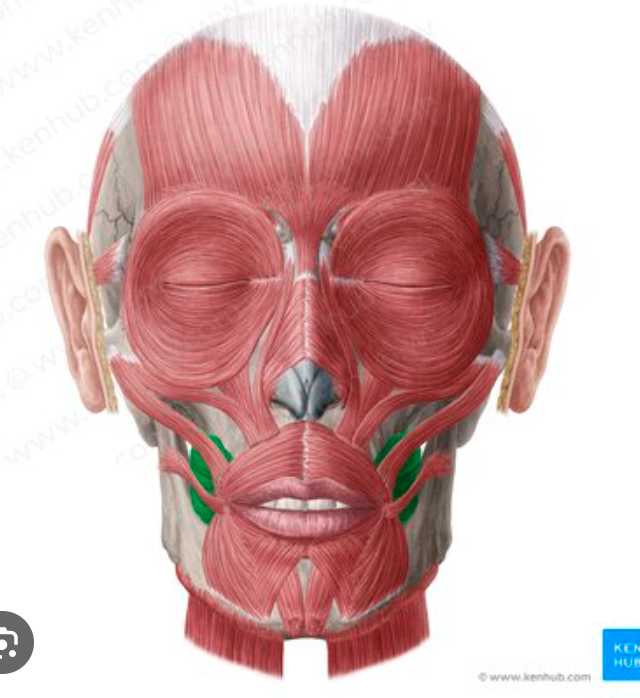
buccinator
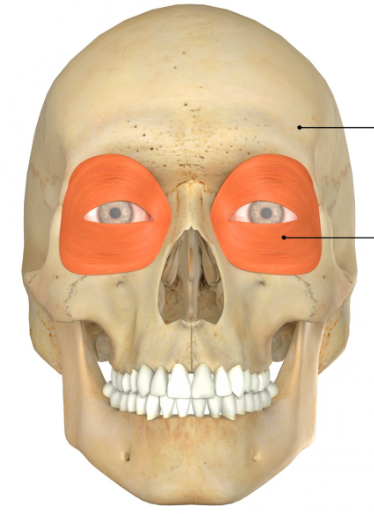
orbicularis oculi
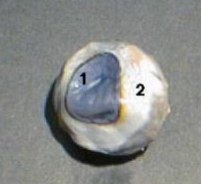
1
cornea
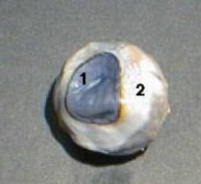
2
sclera
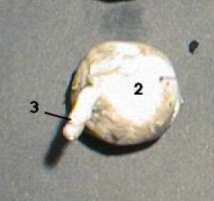
3
optic nerve
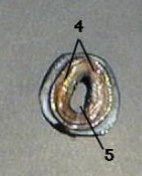
4
iris
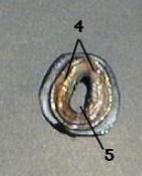
5
pupil

6
ora serrata
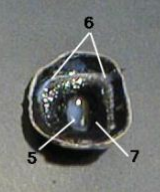
7
ciliary body
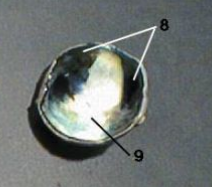
8
choroid
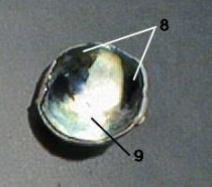
9
tapetum lucidum
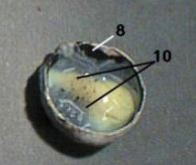
10
retina
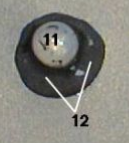
11
lens
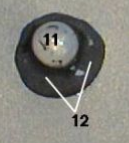
12
vitreous humor

tendon organ

lamellar corpuscle

tactile corpuscle
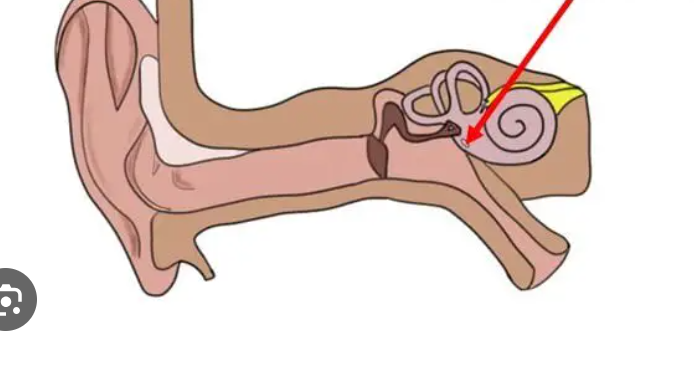
round window
base of the retina, provides nourishment and attaches to choroid
pigmented epithelium
transfer signals from photodetectors to ganglion cells
bipolar cells
relay information from bipolar cells to the brain via the optic nerve
ganglion cells
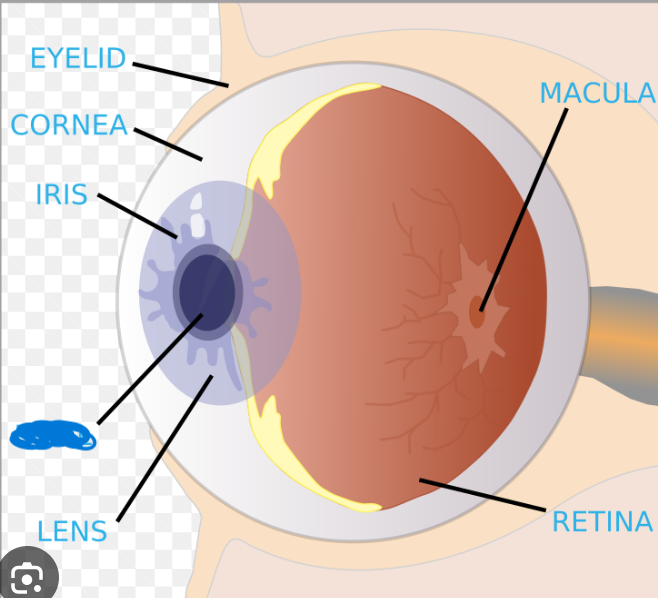
pupil
neuron before the ganglion of the spinal cord
preganglionic neuron
neuron after the ganglion of the spinal cord
postganglionic neuron
parasympathetic (Craniosacral) division
component of peripheral nervous system that regulates involuntary physiologic processes including heart rate, BP, respiration and digestion
autonomic nervous system
voluntary nervous system
somatic nervous system
loss of function in your legs
paraplegia
loss of function in your arms and legs
quadriplegia
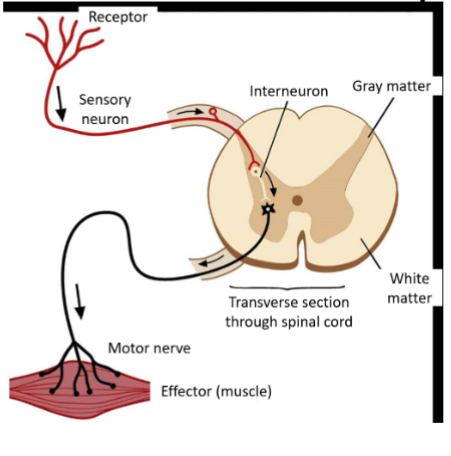
red line
ascending (sensory) tract
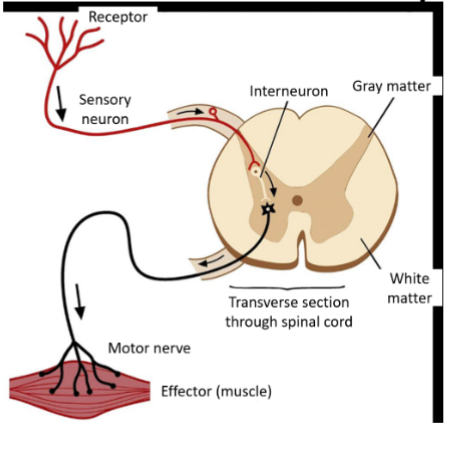
black line
descending (motor) tract

dorsal funiculus
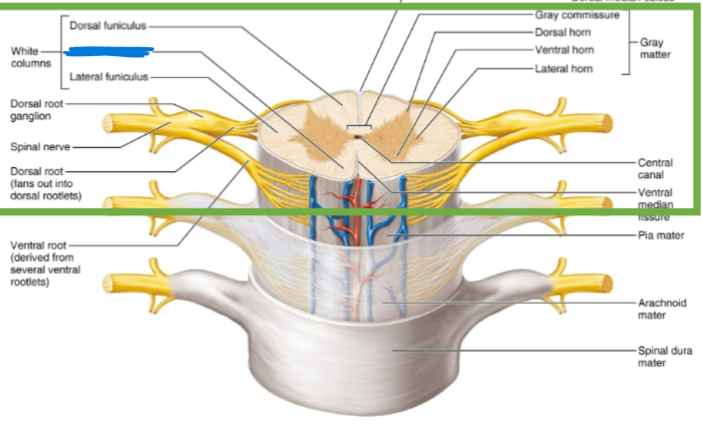
ventral funiculus
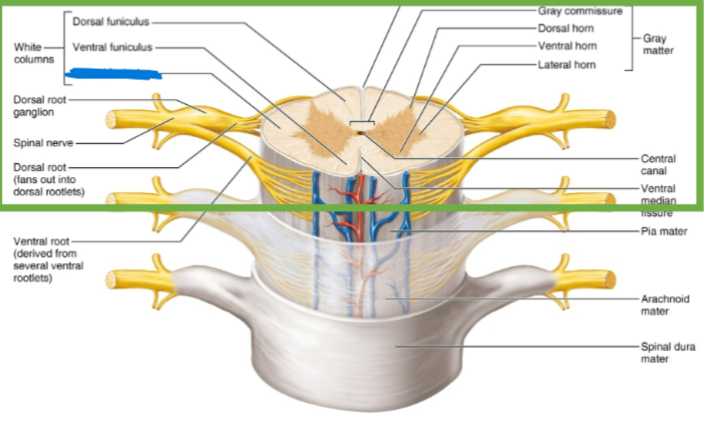
lateral funiculus
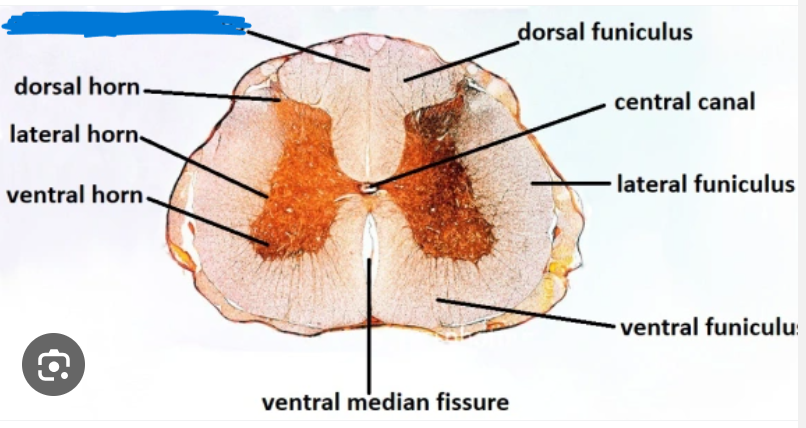
dorsal median sulcus
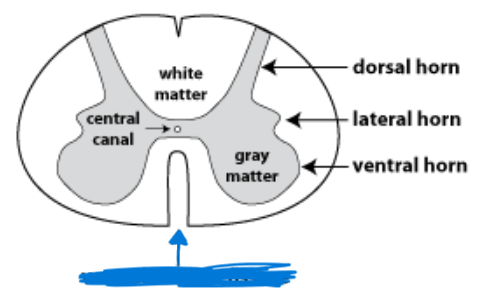
ventral median fissure
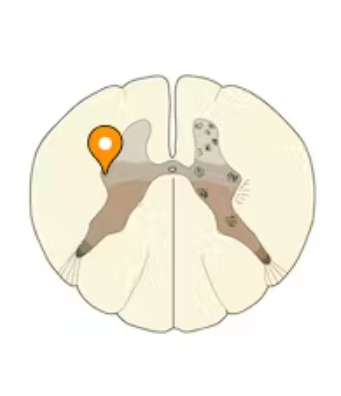
lateral horn
inflammation of brain
encephalitis
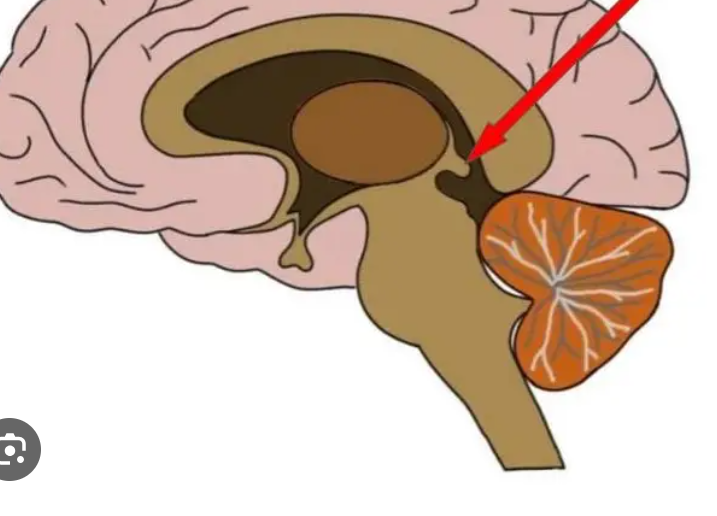
pineal gland
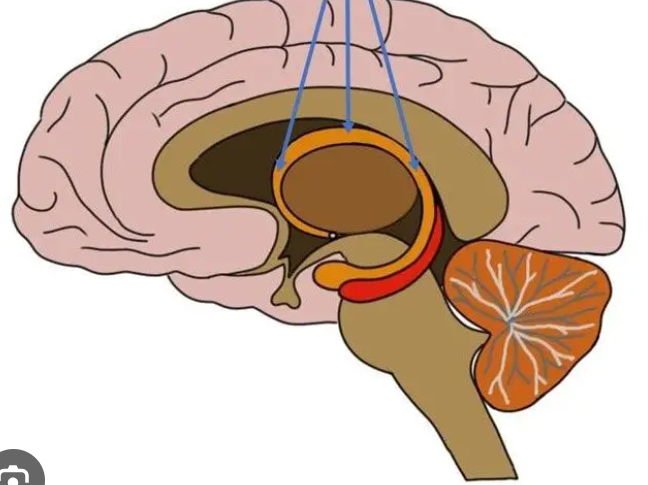
fornix
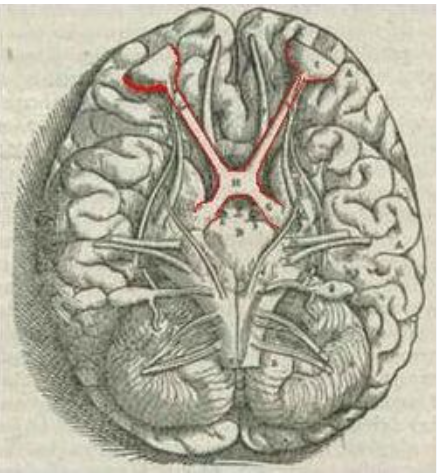
optic chiasma
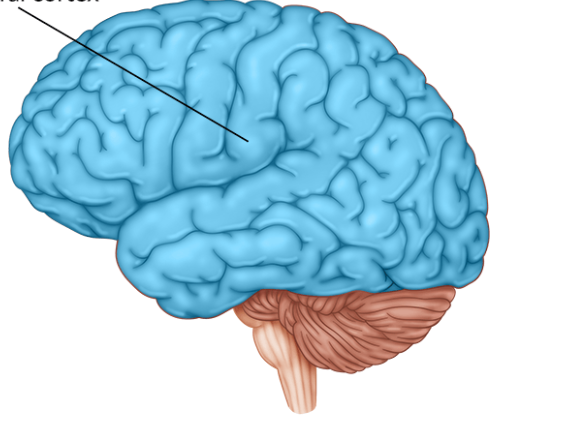
cerebral cortex
split into left and right hemispheres
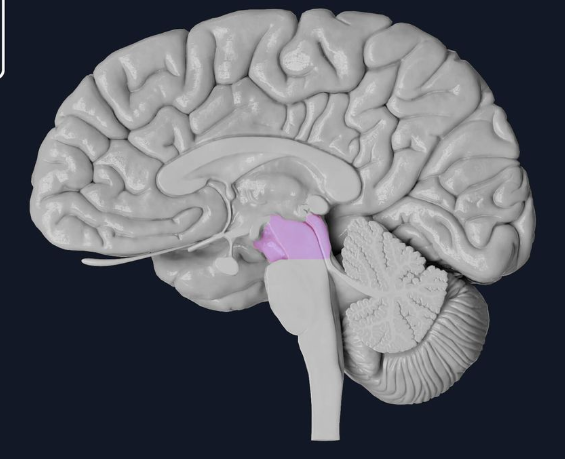
midbrain
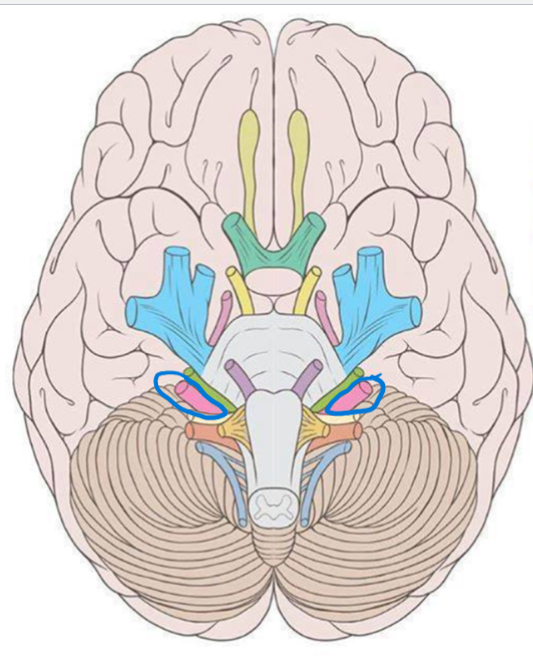
VIII
vestibulocholear nerve; hearing and balance
neuronal cell bodies
gray matter
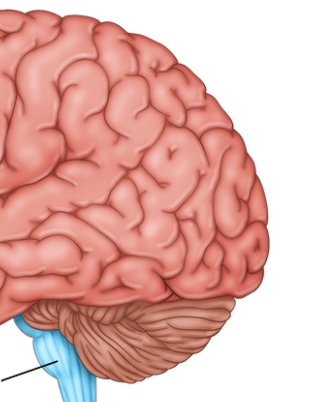
responsible for many body functions we have no conscious control over
brain stem
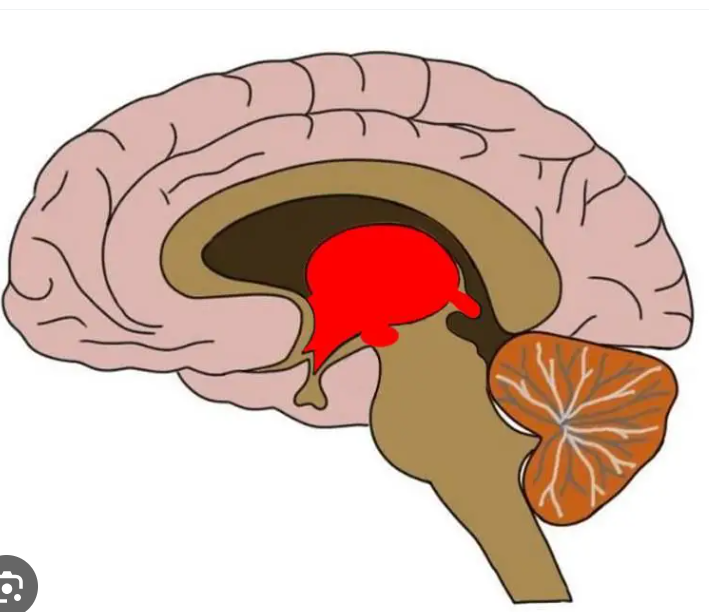
contains thalamus, hypothalamus, and epithalamus
diencephalon
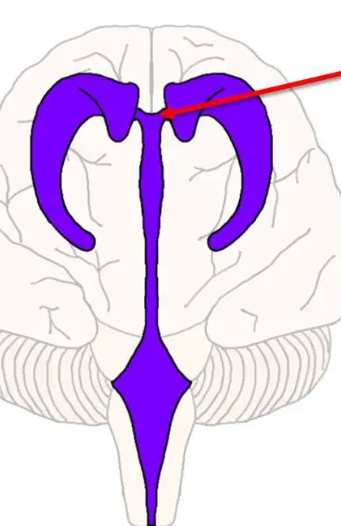
interventricular foramina
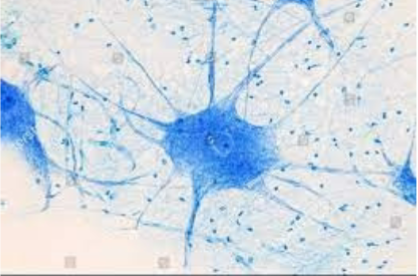
neuron
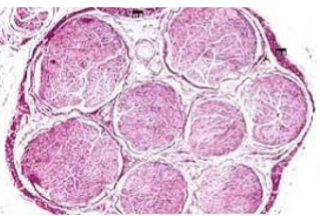
nerve cross section
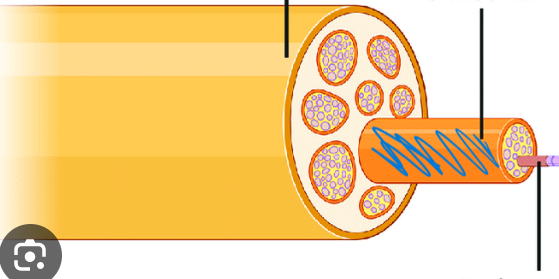
dense connective tissues bundles groups of axons into fascicles
perineurium
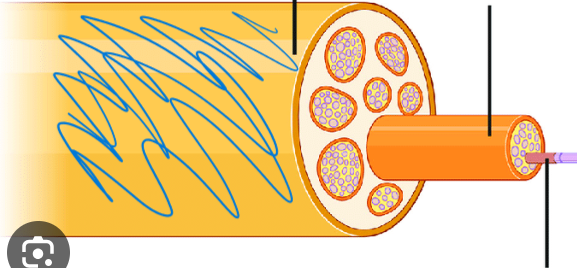
tough fibrous sheath that encloses fascicles and blood vessels into one nerve
epineurium

flexor digitorum longus

popliteus
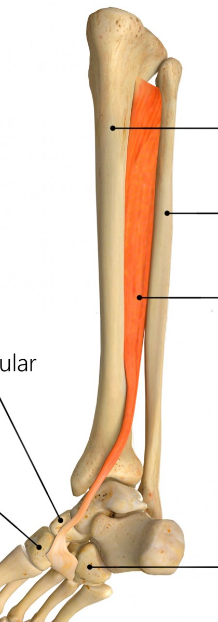
tibialis posterior
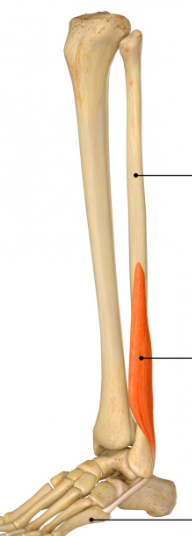
fibularis brevis
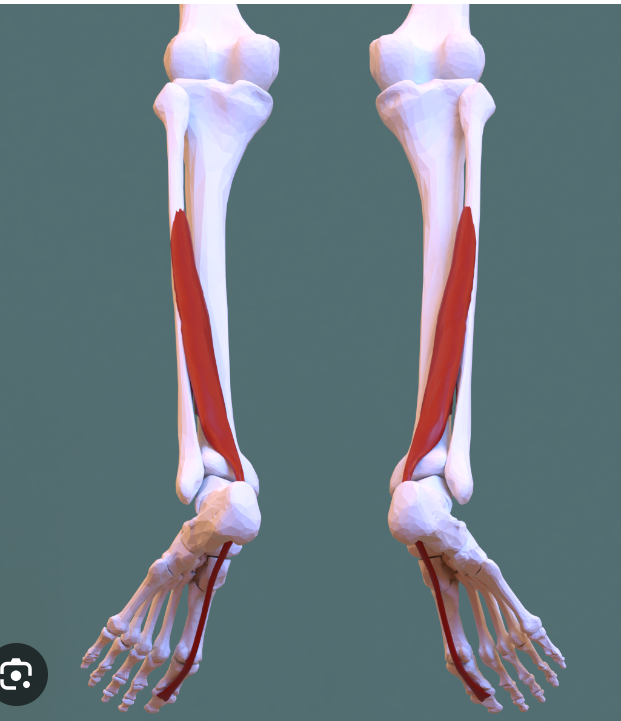
flexor hallucis longus
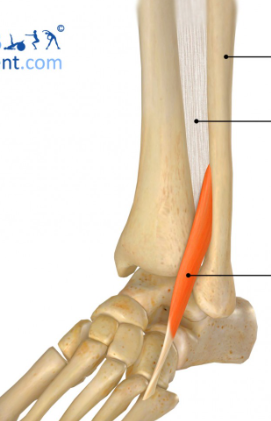
fibularis tertius
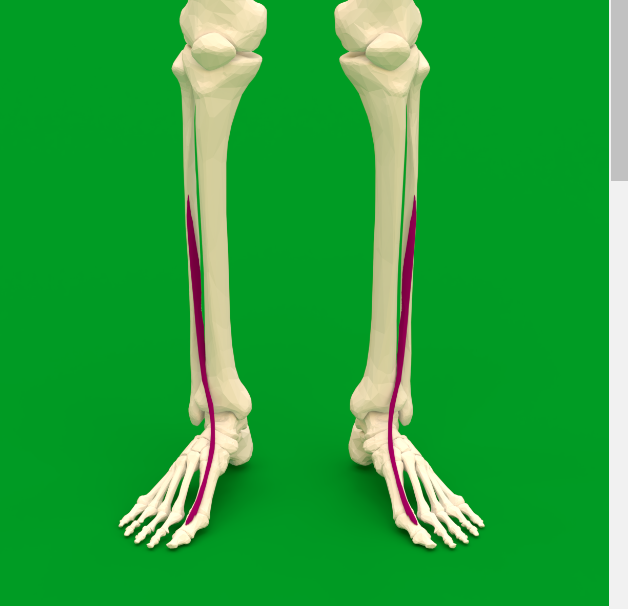
extensor hallucis longus

adductor brevis
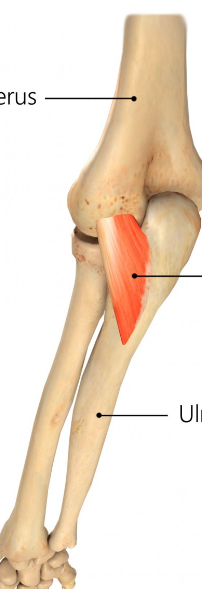
anconeus
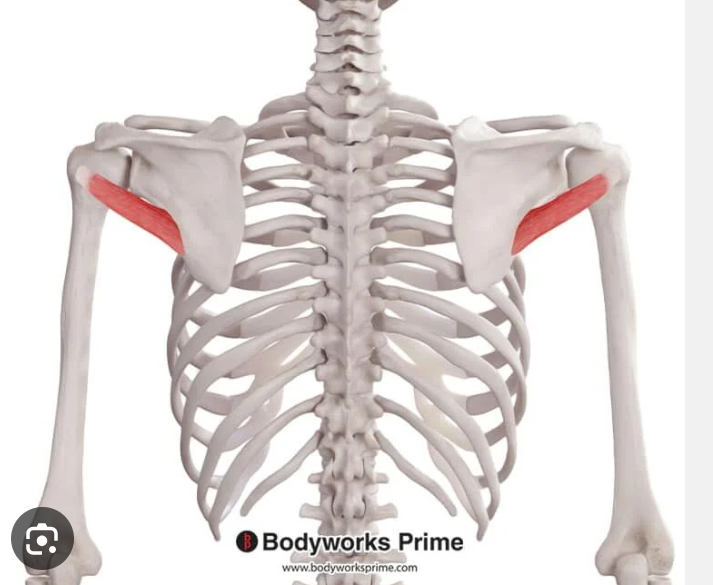
teres minor
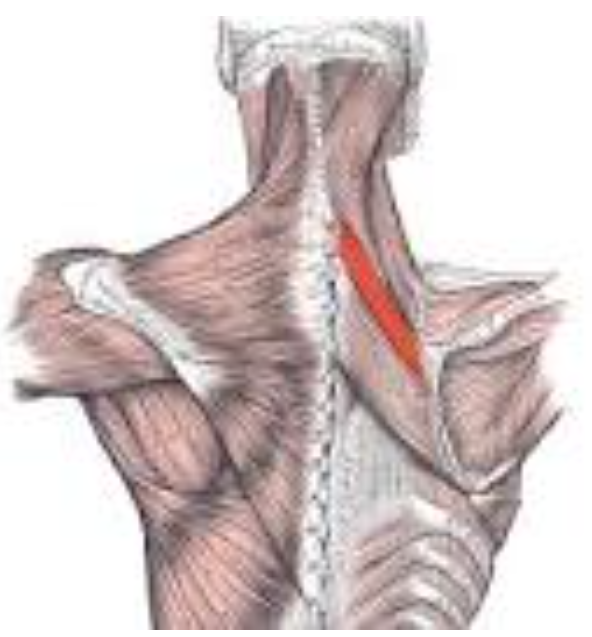
rhomboid minor
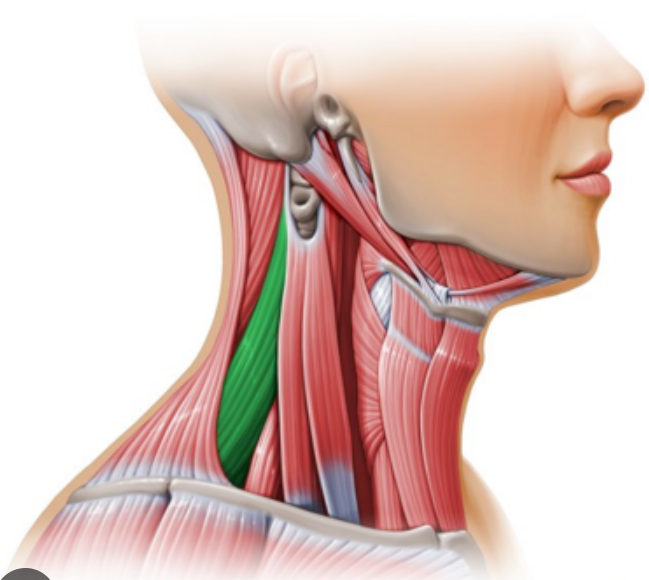
levator scapulae
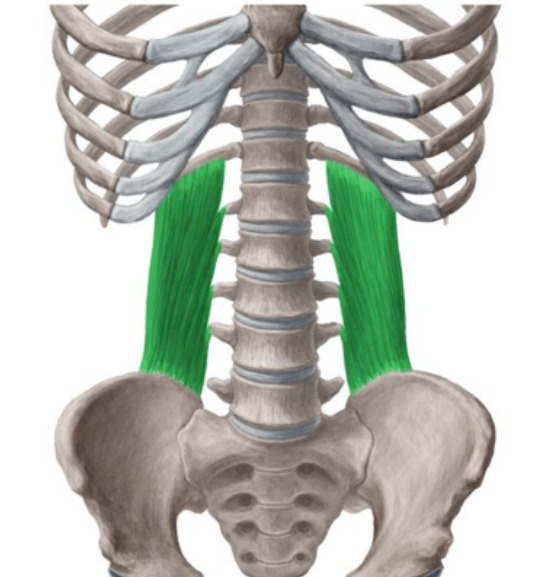
quadratus lumborum